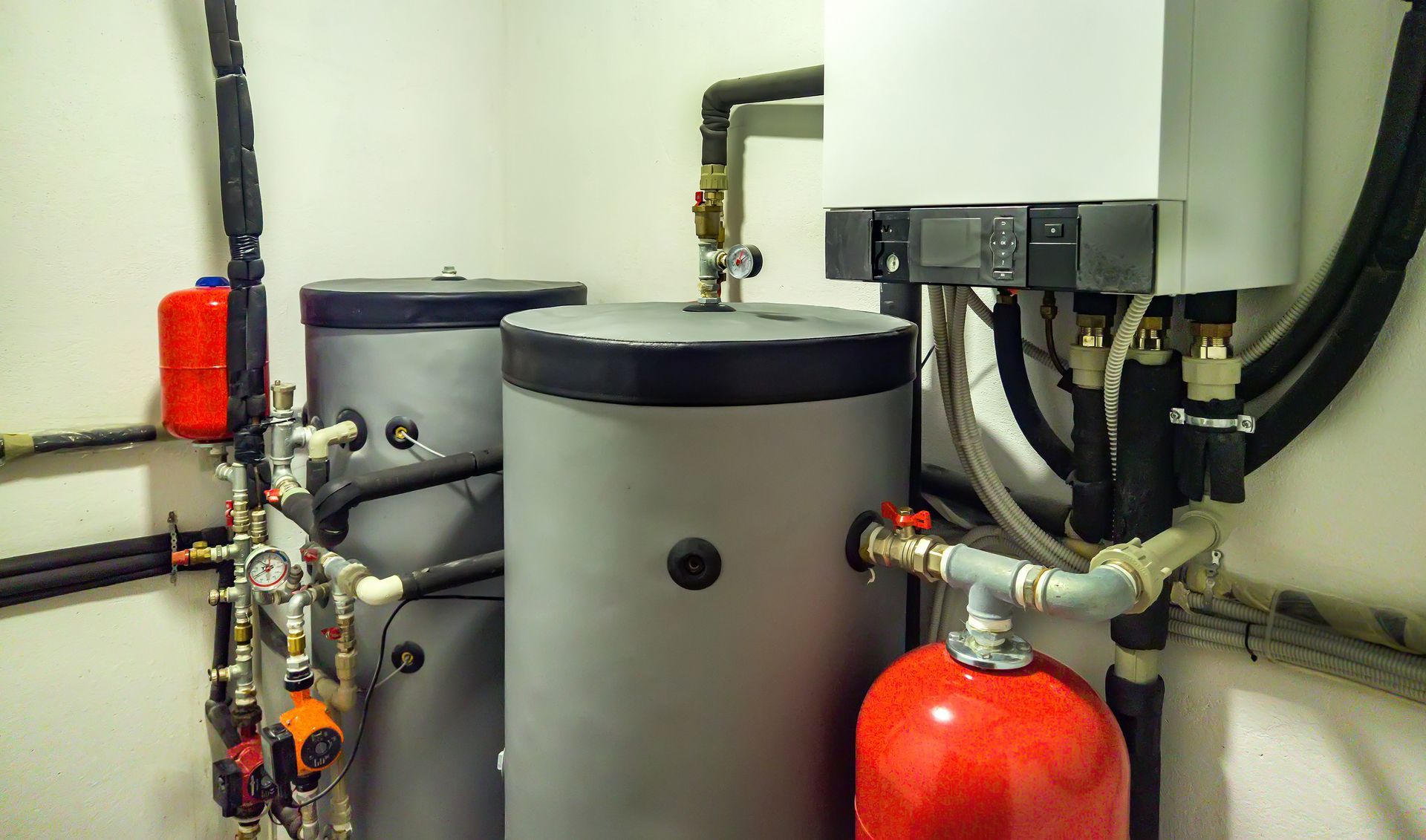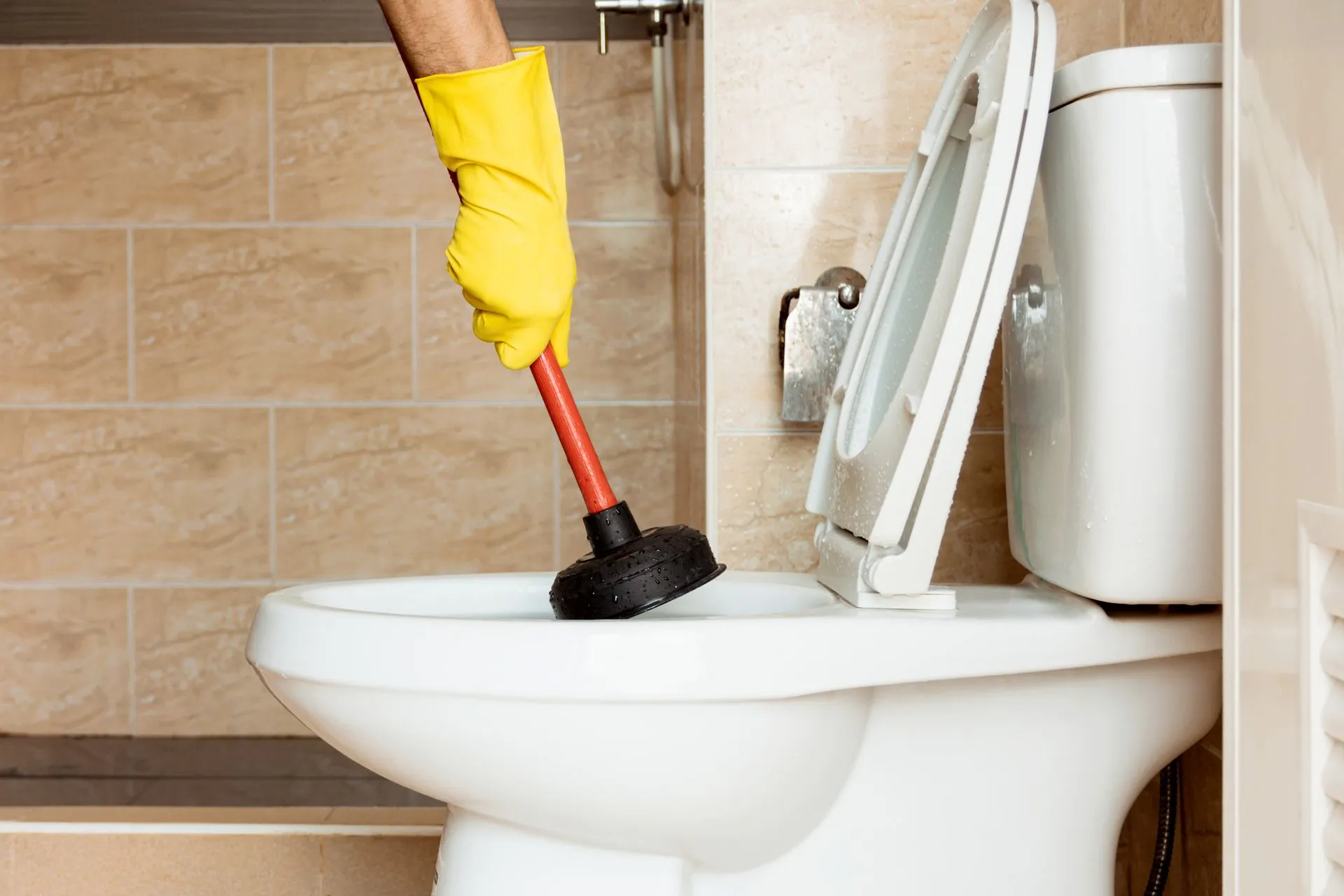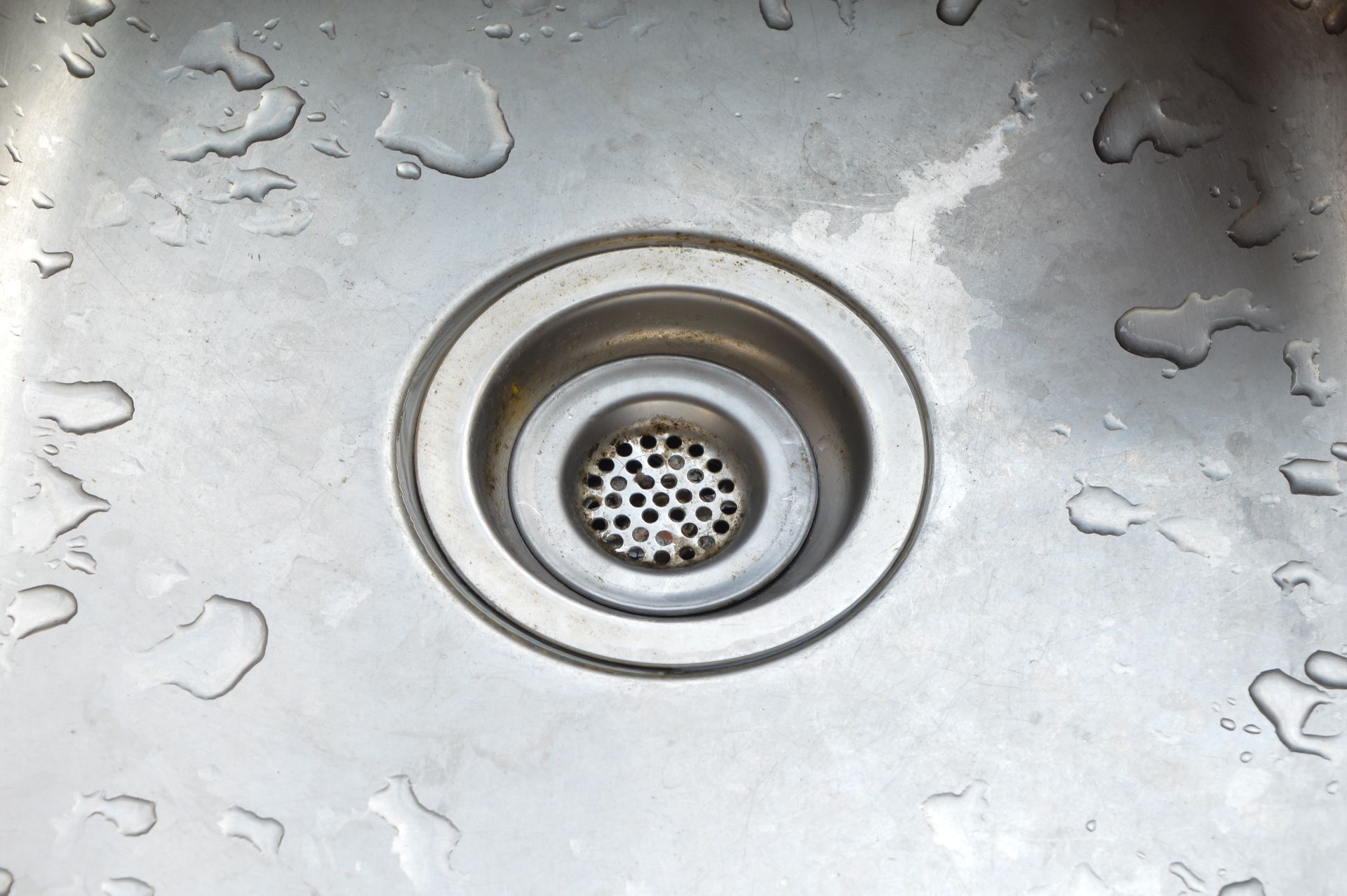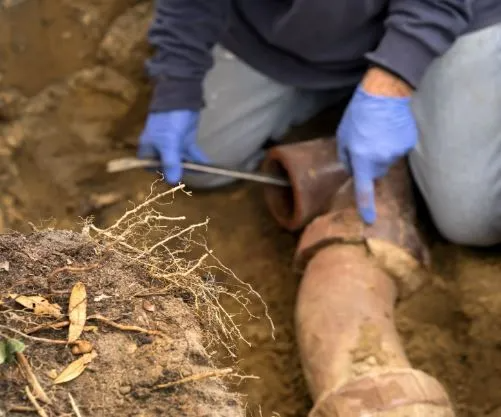Your septic system has a variety of components that your plumber may need to access, from the main drain cleanout to the septic tank itself to the distribution box and leach field. Your planning and maintenance can help ensure that any repairs, inspections, and other services are relatively quick and easy.
Here are a few ways to set your system up for success by making sure your septic system's various components are easy to find, easy to access, and easy to service.
1. Install Septic Risers
Septic tank repairs and servicing are much easier to complete if your contractor doesn't have to go prospecting for the entrance to the tank. If you have an older tank and the tank entrance is currently buried, installing a riser can save a lot of time and effort (not to mention expense) in the future, in addition to avoiding the need to dig holes through your lawn at each visit.
Each entrance to the tank should be accessible from ground level. Keep in mind that if your septic tank has multiple compartments, it may have multiple manhole-sized entrances, each of which will need a riser installed. For safety, have your contractor child-proof risers with locking lids plus a safety screen inside the riser.
2. Keep the Cleanout Access Easily Available
The cleanout access point for your main septic or sewer drain can be essential in a variety of situations. Snaking the drain, performing a video inspection, or hydro-jetting the line will all require access to the cleanout point.
Many homeowners ignore the cleanout for their main drain, and it could end up getting buried, having a deck built over it, or even getting grown over with a woody thicket of bushes. As you can imagine, each of these situations could create a need to disrupt your landscaping and outdoor living areas when the time comes to clean out the line to your septic tank.
Although you may consider this cleanout access point an eyesore, you should be careful not to cut off access when you try to obscure it from view. Some good landscaping solutions include planting non-woody plants in front of it or covering it with an artificial boulder or a small, easily movable wishing well planter.
3. Have the System Map on Hand
Any homeowner who has a septic system in the yard should keep a map (also called an as-built diagram) of that underground system available at all times. Knowing where your main drain line, septic tank, distribution box, septic leach field, and any other components are buried can help you avoid accidentally damaging them by digging in or driving over the wrong areas.
But keeping the system map around can also save time and effort when you need septic services. You and your septic contractor will be able to pinpoint the location of the distribution box before digging, for example. This can help avoid false starts and minimize any disruption to your lawn and other landscaping.
4. Avoid Complex Landscaping
Finally, you should avoid putting complex or expensive landscaping in septic system areas. Bushy shrubs planted over your septic system don't just make components harder to find. The bushes could actually impair access, meaning the bushes will have to be severely cut back or even removed to allow septic services in the areas they're blocking.
Woody plants such as bushes and trees are also considered risky since their roots tend to be deep and could infiltrate the system's pipes, causing or worsening leaks and blockages.
These tips can help you ensure that septic services and septic-related drain services will go smoothly, with a minimum of disruption to you and your home and yard. For more information about the drain cleaning, sewer line, and septic tank repair services we provide, contact Peter Piper's Plumbing & Drain Cleaning Service today.






